Sustainable Packaging Innovations: Leading the Way to a Greener Future
Baraka • November 19, 2024
Sustainable Packaging Innovations: Leading the Way to a Greener Future
Introduction
Sustainable packaging isn’t just a trend; it’s a necessary shift as consumers and businesses prioritize eco-friendly practices. From biodegradable plastics to recycled materials, sustainable innovations in packaging are reshaping industries. In this article, we’ll explore cutting-edge trends, highlight successful case studies, and provide actionable tips for businesses aiming to adopt greener packaging solutions.
The Rise of Sustainable Packaging
Why Sustainable Packaging Matters
Consumers are becoming increasingly eco-conscious. According to recent studies, more than 60% of shoppers prefer products with sustainable packaging. Governments worldwide are also imposing stricter regulations to reduce waste, making sustainable packaging an essential move for businesses.
Environmental and Economic Benefits
Sustainable packaging reduces carbon footprints, minimizes waste, and often lowers long-term costs by reusing materials. It’s a win-win for both the planet and businesses looking to build customer loyalty.
Key Trends in Sustainable Packaging
1. Biodegradable Plastics
Derived from natural sources like cornstarch or sugarcane, biodegradable plastics break down in the environment without leaving harmful residues. These materials are ideal for single-use packaging like cutlery, wraps, and food containers.
2. Recycled and Upcycled Materials
Packaging made from recycled materials, such as cardboard or PET plastics, is gaining traction. Upcycled materials, such as textiles turned into packaging, offer a creative, eco-friendly approach.
3. Minimalist Packaging Design
Reducing the amount of material used in packaging not only cuts costs but also decreases environmental impact. Many brands are adopting minimalist designs that use fewer resources and promote a sleek, modern aesthetic.
4. Plant-Based Alternatives
Innovative companies are exploring packaging made from mushrooms, seaweed, or other organic materials. These alternatives are compostable and often nutrient-rich for the soil after disposal.
5. Smart Packaging for Sustainability
Smart packaging technology, like QR codes or embedded sensors, ensures efficient supply chain management, reducing waste by tracking product conditions and expiration dates.

Case Studies: Brands Leading the Way
1. Loop Industries
Loop offers reusable packaging for various brands, including Nestlé and Unilever. Their refillable packaging reduces reliance on single-use materials, creating a closed-loop system.
2. Dell’s Mushroom Packaging
Dell uses biodegradable mushroom-based packaging to protect electronic products during shipping. It decomposes entirely within 30 days of disposal.
3. Coca-Cola’s PlantBottle
Coca-Cola’s PlantBottle initiative replaced traditional PET plastic with 30% plant-based materials, significantly reducing their environmental impact.
Insights from Eco-Friendly Packaging Experts
We spoke with Jane Miller, a packaging engineer specializing in sustainability:
"The key to successful sustainable packaging is finding the right balance between functionality, cost, and environmental impact. It’s not just about choosing green materials but designing systems that work for the entire supply chain."
Her advice? Collaborate with suppliers and stakeholders early in the process to identify viable solutions.
Challenges in Transitioning to Sustainable Packaging
1. Higher Initial Costs
While sustainable materials often save money in the long term, the upfront investment can be daunting, especially for small businesses.
2. Supply Chain Adjustments
Transitioning to greener materials requires revamping supply chains, which may involve new partnerships and logistics strategies.
3. Consumer Perception
Not all customers immediately embrace sustainable packaging, especially if it impacts aesthetics or price. Clear communication about the benefits is crucial.
Tips for Businesses Moving Toward Sustainability
1. Start Small
Begin by integrating recycled materials into your packaging. Even small steps make a difference and demonstrate your commitment to sustainability.
2. Conduct a Packaging Audit
Analyze your current packaging to identify wasteful practices. This helps pinpoint areas for improvement and reduces costs.
3. Partner with Eco-Friendly Suppliers
Work with suppliers who specialize in sustainable materials. They often provide innovative solutions and help streamline the transition.
4. Educate Your Team
Training employees on the benefits and methods of sustainable packaging ensures company-wide alignment and smoother adoption.
5. Engage Consumers
Highlight your sustainability efforts through marketing campaigns and packaging labels. Transparent communication fosters brand loyalty.
Looking Ahead: The Future of Sustainable Packaging
The future holds promising advancements in this field:
- Biodegradable Electronics Packaging: Reducing e-waste with fully compostable options.
- Closed-Loop Systems: Widespread adoption of refillable packaging to eliminate single-use materials.
- Advanced Recycling Technology: Innovations to break down complex materials into reusable components.
Conclusion
Sustainable packaging is no longer optional; it’s essential for businesses aiming to stay competitive and eco-friendly. By adopting innovative materials, collaborating with experts, and aligning with consumer values, companies can lead the charge toward a more sustainable future.
What is sustainable packaging?
Sustainable packaging refers to materials and processes designed to minimize environmental impact, often incorporating biodegradable or recyclable materials.
Are biodegradable plastics truly eco-friendly?
Yes, when disposed of correctly, biodegradable plastics break down without harming the environment, unlike traditional plastics.
How can businesses reduce costs while adopting sustainable packaging?
Start small with recycled materials, minimize excess packaging, and focus on long-term savings through reduced waste and enhanced consumer loyalty.
What role does smart packaging play in sustainability?
Smart packaging optimizes supply chains, reduces waste, and ensures products are used before expiration.
How can consumers support sustainable packaging initiatives?
By choosing products with eco-friendly packaging, recycling correctly, and advocating for brands that prioritize sustainability.



